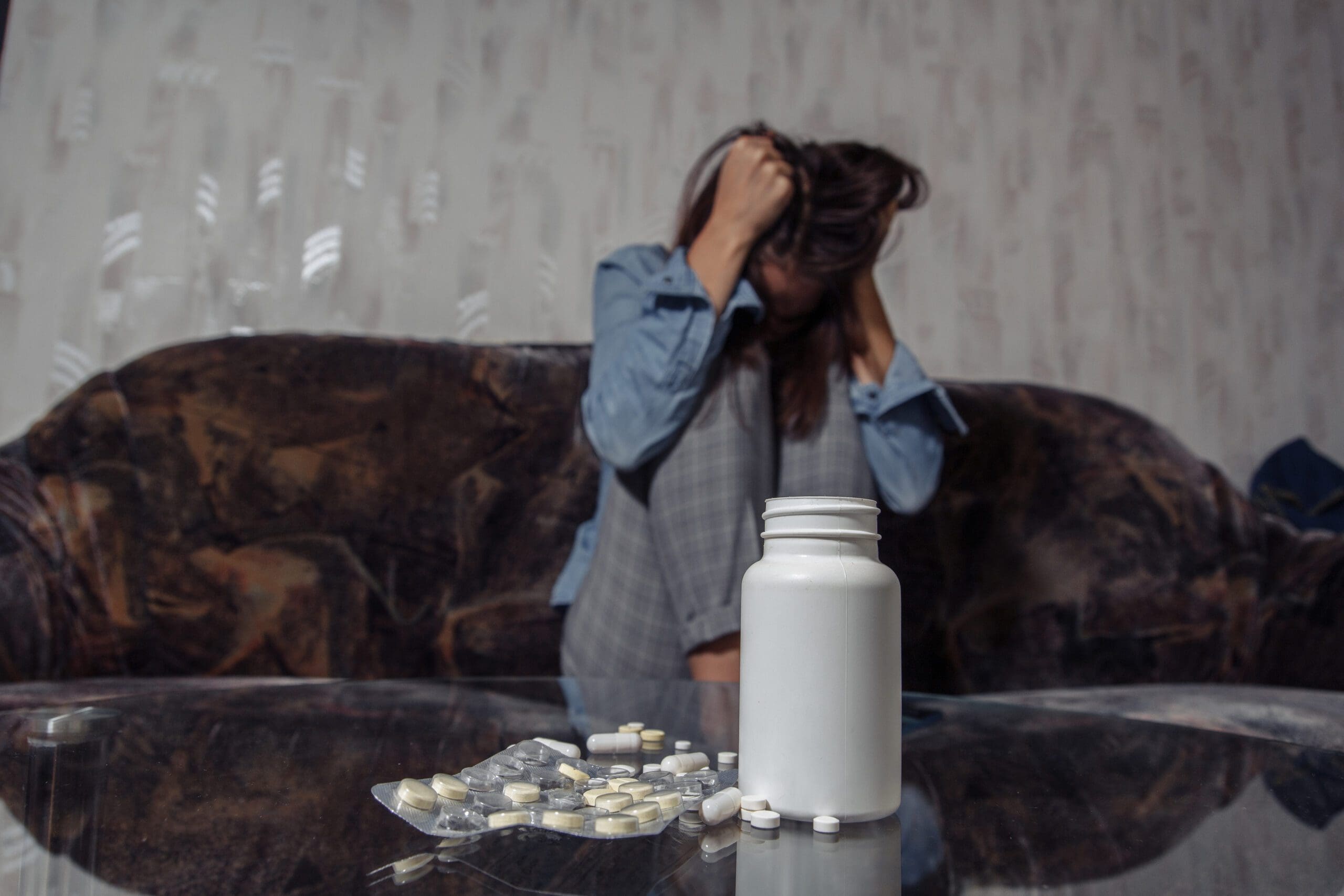While there are many categories of prescription drugs, the most common are opioid painkillers, benzodiazepines, and stimulants. Opioid painkillers being among the most commonly abused medications, with around 8.7 million people in the United States misusing them in 2021.[1]
It is more likely for a person to become addicted to a prescription drug when they misuse it than when using it as prescribed. This is because misuse allows the drug to affect the brain differently, and often more intensely.



